Your Guide to a Smooth Summer: Exfoliation 101
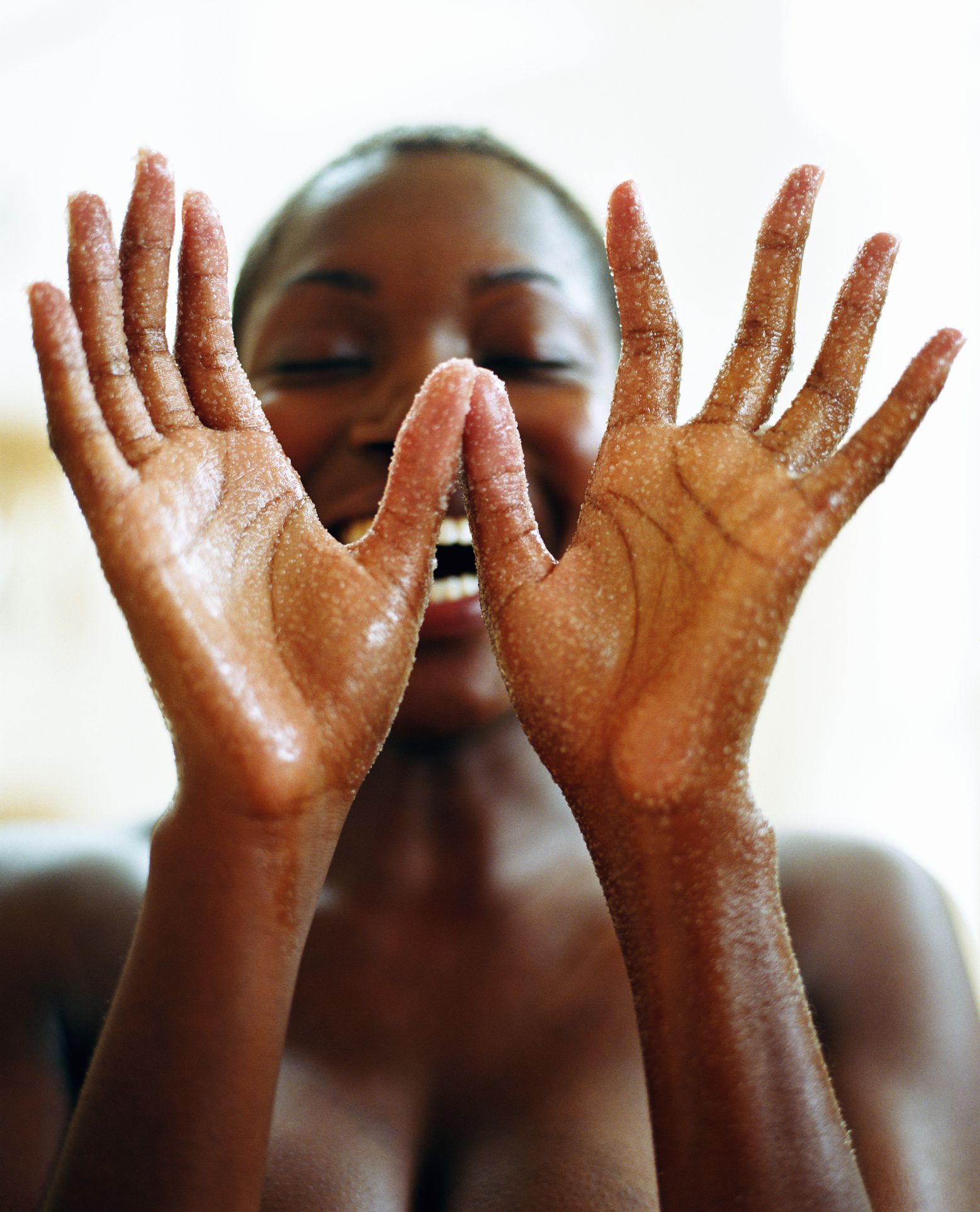
The sun is peeking through the clouds, and the temperature is in the double digits – it’s finally Spring. Spring means ditching the layers and layers (and layers) of clothing we’ve been chucking on to keep warm through Winter, and while we have all just mastered the art of layering, it’s time to strip down and show off some skin.
We all take really good care of our skin – right? We layer on serums, lotions, potions, peels, and masks. We wear SPF whether the sun is shining or not, pop on eye patches we’ve left in the fridge overnight, and spot treat when the mask comes off. But skincare encompasses more than just looking after the skin on our faces. It’s something a lot of us forget, but there’s skin on every inch of our bodies, and we’re meant to take care of all of it – yes, all of it.
Skincare is daunting, and it can be overwhelming to figure out what we should and shouldn’t do. We’ve scoured the internet, weeded out the sketchy ‘tips and tricks’, and less than honest promotional reviews, to help you keep all of your skin looking gorgeous and protected through the warmer seasons.
No matter your skin type or goals, exfoliating is your best friend. Exfoliation offers many benefits; removing dry or dull skin, increasing blood circulation, brightening and improving skin’s appearance, encouraging cell turnover, and allowing for better absorption of moisturisers and serums.
It’s a universal treatment for smooth, supple skin, but there are many different ways to do it, and the method depends on your skin type.
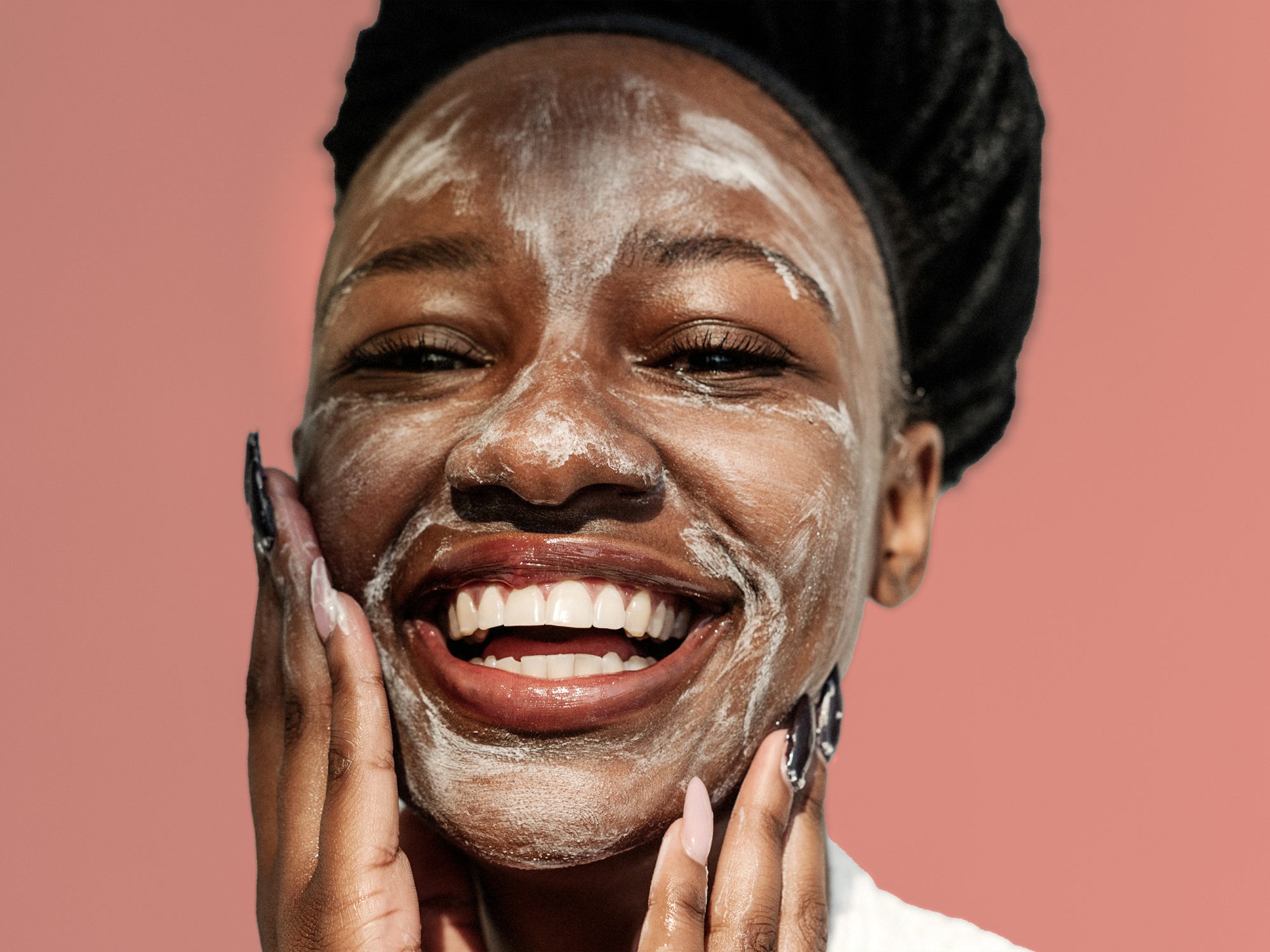
Oily skin and areas of the body with thicker skin, such as the palms, soles of your feet and upper back, can benefit most from physical exfoliation. This involves using something with a harsh texture to manually remove dead skin cells. There are different ways to do this. The obvious option involves using an exfoliating scrub. Apply your chosen scrub directly to the skin using a circular motion and a light touch, and wash it off with warm water. Scrubs are also a great way to remove dead skin from the lips, whether you use a dedicated lip scrub or go over the lips while exfoliating the face.
Avoid exfoliating scrubs that contain irritating, irregular shaped particles such as jagged beads, nutshells, coarse salt, or baking soda, as these can damage the skin’s surface barrier. Sure, these ingredients may entice you with the promise of instant silky smooth skin texture, but gradually they will weaken the skin’s barrier and make the skin prone to dry, flaky patches and redness. Using the wrong exfoliant for your skin or over-exfoliating can cause irritation, so finding the scrub, ingredients, and routine that works best with your skin may take some trial and error.
You may want to pair your scrub with an exfoliating instrument, particularly on your body. You’re spoilt for choice with these exfoliating instruments, and they can be used with or without a scrub, depending on the sensitivity of your skin.
Using an exfoliating brush or bristle brush, make short, light-handed and circular strokes for about 30 seconds on the face or body and then rinse with lukewarm water. For a gentler option, you may opt for a washcloth, exfoliation sponge or loofah, which all work with your normal body wash or facial cleanser to brush off dead skin cells sans scrub. For quick and easy yet effective exfoliation, you could use exfoliating gloves with your normal body wash or a scrub for more intense exfoliation.
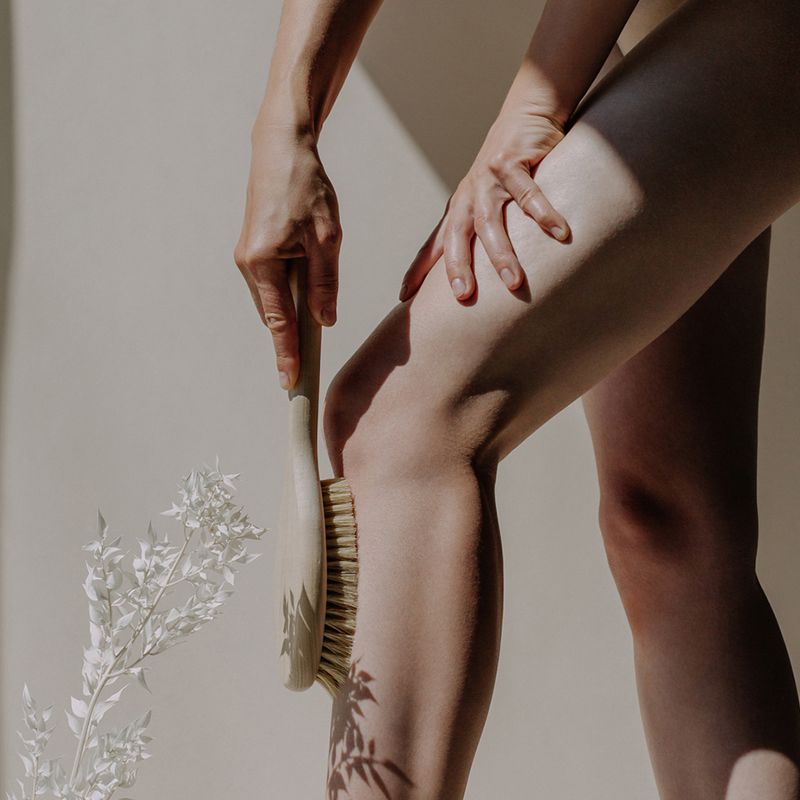
Outside the shower, you could try dry brushing, which involves using a soft-bristled brush to gently brush dead skin cells away. Smaller brushes work best to make small circles on the desired spot. Brush for up to 30 seconds, and you’re done!
You want to avoid physical exfoliation on dry or flaky skin because the process will only further dry it out and can cause the dreaded micro-tears. Opt for a mild chemical exfoliator for sensitive skin that can be gently washed away with a splash of water or a washcloth.
While exfoliating masks are the go-to products for our faces, when it comes to your body, there are numerous products offering chemical exfoliation; shower gels, lotions, serums, and moisturisers – it all depends on where you want to fit exfoliation into your routine. The good news is the ingredients you want to search out in a chemical exfoliant are the same for both your face and body.
Alpha hydroxy acids, or AHAs, work best for dry to normal skin types. They are plant-based ingredients that help dissolve dead skin cells sitting on the surface of your face and encourage healthy skin turnover. Common AHAs include; glycolic acid, citric acid, malic acid, and lactic acid. Some products use just one of these ingredients, and there are products containing a combination. If you’ve never used AHAs, first consider trying a singular AHA to see how your skin reacts to it, and then decide whether to try others or start combining other AHAs.
Beta hydroxy acids, or BHAs, remove dead skin cells from deep in your pores as opposed to those on the surface. This deep dive can help to reduce breakouts by gently tearing apart bonds that hold dead skin cells onto your skin’s surface, allowing your skin to naturally shed dead particles. BHAs are a good option for oily and combination skin as well as skin with acne scars, as this pigmentation lives deep in the skin layers. The best known and most utilised BHA is salicylic acid, a great ingredient for those suffering from acne or breakouts.
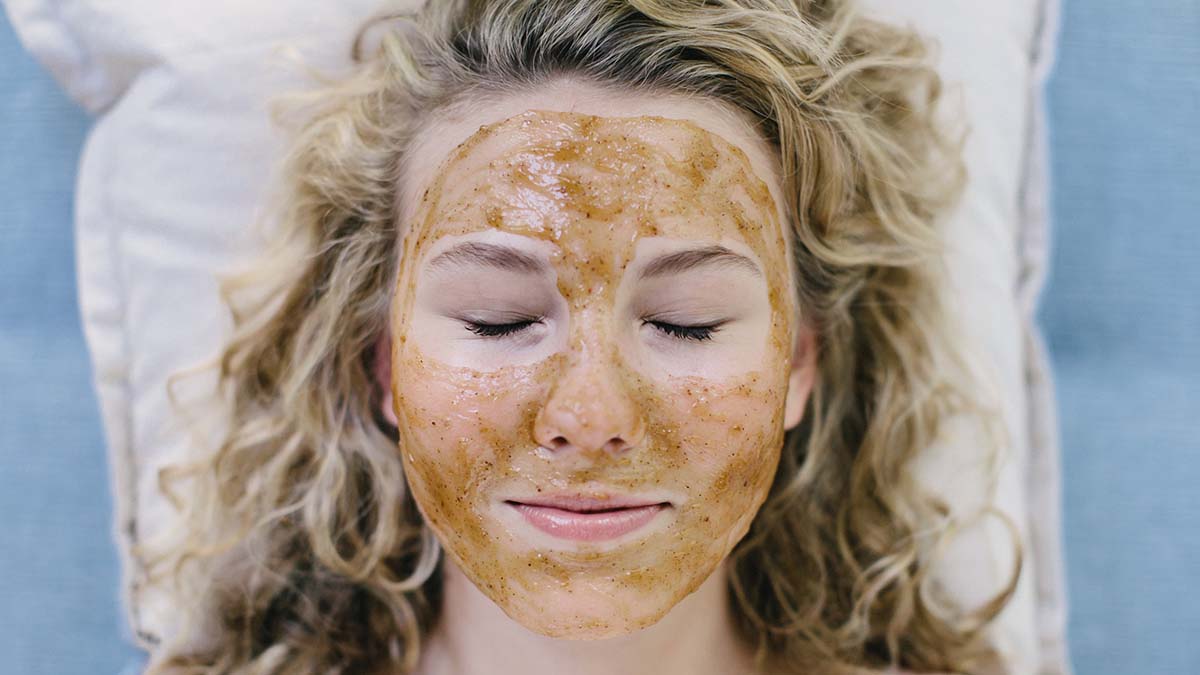
While chemical exfoliation sounds harsh, it is actually the gentlest exfoliation method. Still, you want to apply chemical exfoliants at nighttime to reduce photosensitivity during the day. If you’ve been on the internet at all over the last few years, there is no need to tell you how important SPF is. But it’s even more important if you’ve been exfoliating. Both chemical and physical exfoliation remove an entire layer of skin from your face, and the newly exposed skin is very sensitive to sunlight and much more likely to burn.
Looking at reviews across websites, La Roche-Posay’s Anthelios XL Ultra-Light Fluid sunscreen is the best for any skin tone. The formula has been hailed for its lack of white cast on darker skin, even at factor 50. Its texture is super light, not oily, and at £13.50, what more could you want?
In general, you want to exfoliate one to two times a week. Oily skin may require more frequent exfoliation, but it should be quite clear to self-estimate when you need a quick scrub. If you’re experiencing a lot of dead skin, you can use a physical scrub to remove the surface layer and then use a chemical exfoliator to get deeper into the skin. You want to be careful to avoid over-exfoliating or being too heavy-handed in your methods, as this can lead to redness, irritation, inflammation and hyperpigmentation, especially among those with Black or brown skin.
Post-exfoliation, you want to follow up with a good quality moisturiser. While most body moisturisers offer universal benefits, there are a few formulations that can better cater to certain skin types. If you’re blessed with normal or combination skin, look for water-based formulas. For those with dry skin, opt for thicker, oil-based creams that list water as an ingredient (this will help lock the benefits of the oil into the skin). If you have oilier skin, find lightweight, oil-free or gel-based lotions – these may be labelled as ‘non-comedogenic’, which means they won’t clog pores. If your skin is on the sensitive side, look for soothing ingredients such as chamomile or aloe vera and avoid potentially irritating fragrances.
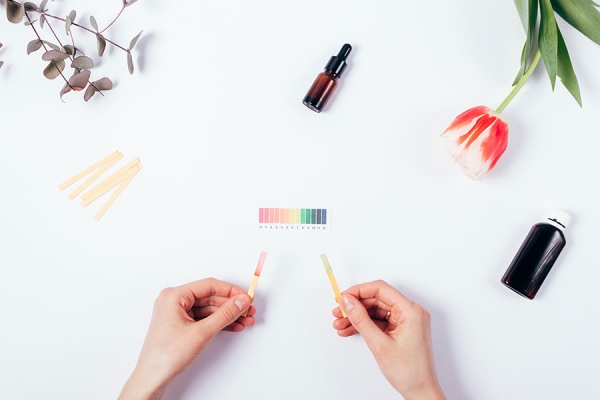
While we all want perfect skin ASAP, it’s never going to happen, no matter how much the bottle promises quick results. Be gentle with your body, protect it and look after it. And please, please, wear sunscreen.
Discover more from GUAP’s Fashion section here




![ZINO VINCI’S ‘FILTHY & DISGUSTING’EP BRINGS YOU TO THE CORE OF THE ARTIST [@ZinoVinci]](https://guap.co/wp-content/uploads/2023/10/Zino-4.jpg)



